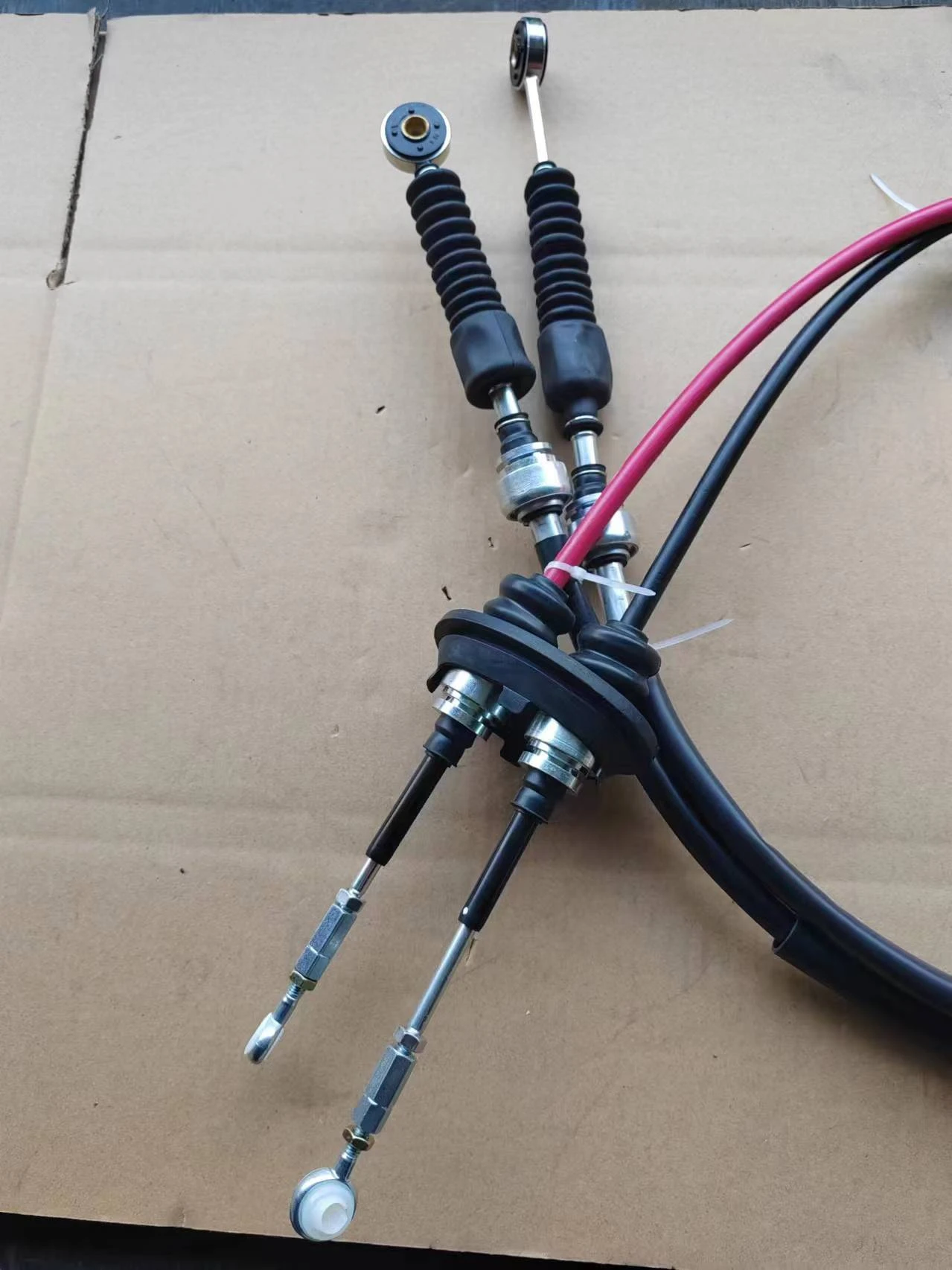Durable Stainless Steel Throttle Cable for Enhanced Performance and Reliability
The Evolution and Importance of Stainless Steel Throttle Cables
Throttle cables play a pivotal role in the operation of many vehicles, especially in motorbikes, snowmobiles, and various types of machinery. Among the different materials used for manufacturing these cables, stainless steel has emerged as the preferred choice for many applications. This article delves into the significance of stainless steel throttle cables, discussing their design, advantages, and the reasons behind their widespread adoption.
Design and Composition
A throttle cable consists of a flexible outer casing and a solid inner wire that transmits the throttle input from the handlebar or accelerator pedal to the throttle body of the engine. The use of stainless steel in the construction of the inner wire is crucial because it combines strength with flexibility. Stainless steel is an alloy that typically includes chromium and nickel, providing corrosion resistance and durability. These properties are essential in a throttle cable, which is regularly exposed to varying weather conditions, dirt, and other environmental factors.
Advantages of Stainless Steel Throttle Cables
1. Corrosion Resistance One of the most significant advantages of stainless steel is its resistance to rust and corrosion. This feature is particularly important for throttle cables that are often exposed to moisture, whether from rain, snow, or even water from washing the vehicle. Rust can weaken the cable over time, leading to potential failures. Stainless steel effectively mitigates this risk, ensuring a longer lifespan for the cable.
2. Strength and Durability Stainless steel possesses a high tensile strength, making it less prone to breakage, stretching, or deformation under pressure. This characteristic is vital in throttle cables, where consistent and reliable performance is necessary for safety and efficiency. The durability of stainless steel ensures that the cable can withstand the rigors of daily use, making it a cost-effective option in the long run.
stainless steel throttle cable

3. Smooth Operation A well-designed stainless steel throttle cable provides smooth and responsive operation. Due to the material's inherent flexibility and low friction properties, the cable can move easily within its casing, translating the driver's input into the engine's throttle response with minimal lag. This smooth operation is critical in performance-oriented applications, enhancing the overall driving experience.
4. Low Maintenance Compared to other materials, such as plastic or rubber, stainless steel cables require significantly less maintenance. While other materials may need regular replacements or repairs due to wear and tear, stainless steel cables typically maintain their functionality for extended periods, proving to be a hassle-free solution for users.
Versatility Across Applications
The versatility of stainless steel throttle cables extends beyond just vehicles. They are used in various applications, including lawn equipment, marine vessels, and industrial machinery. In each of these cases, the need for reliable performance, resistance to the elements, and minimal maintenance makes stainless steel the optimal choice.
Conclusion
In conclusion, stainless steel throttle cables have established themselves as a standard in the automotive and machinery industries due to their numerous advantages. Their corrosion resistance, strength, durability, smooth operation, and low maintenance requirements underscore their critical role in ensuring the reliable operation of vehicles and equipment. As technology advances and the demands for more efficient and resilient components increase, the importance of stainless steel throttle cables will undoubtedly continue to grow. Whether you are an enthusiast seeking peak performance or an everyday user looking for reliability, investing in high-quality stainless steel throttle cables is a choice that pays off in safety and efficiency.
-
Workings of Clutch Pipe and Hose SystemsNewsJun.04,2025
-
The Inner Workings of Hand Brake Cable SystemsNewsJun.04,2025
-
The Secrets of Throttle and Accelerator CablesNewsJun.04,2025
-
The Hidden Lifeline of Your Transmission Gear Shift CablesNewsJun.04,2025
-
Demystifying Gear Cables and Shift LinkagesNewsJun.04,2025
-
Decoding Clutch Line Systems A Comprehensive GuideNewsJun.04,2025
